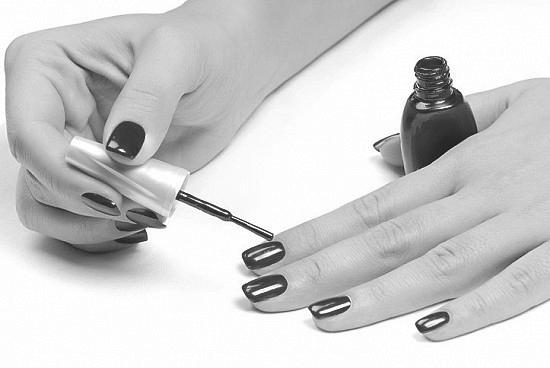Is Nail Polish Bad For Your Health?
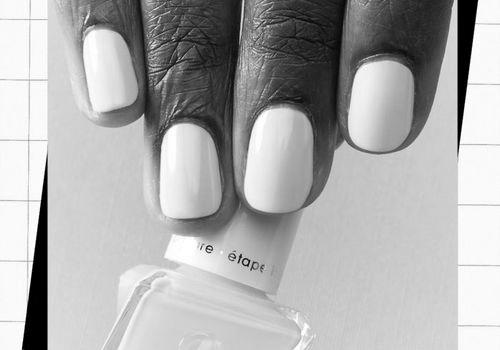
If you have ever wondered, “Is nail polish bad for your health?” you’ve come to the right place. Here we’ll cover TPHP, Formaldehyde, Toluene, and other commonly used nail-polish ingredients. Hopefully, this will help you make an educated decision regarding your next purchase. And, of course, we’ll also cover other common ingredients found in nail polish.
TPHP
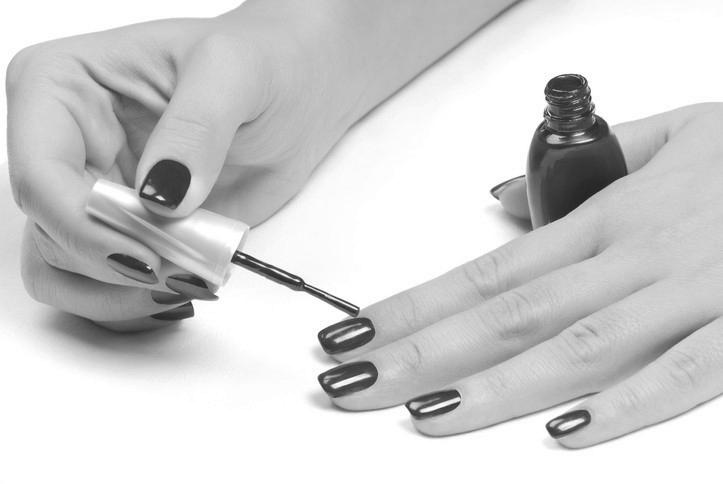
You might think that nail polish doesn’t harm your body, but there are several ingredients in nail polish that are known to cause damage to the human body. Some of these ingredients cause birth defects, miscarriages, and lung disease. They can also be deadly, especially when inhaled in large quantities. The toxic trio, formaldehyde, toluene, and dibutyl phthalate, are particularly problematic. Other ingredients, such as triphenyl phosphate, have been linked to early puberty and even obesity in children.
The Environmental Working Group (EWG) recently released a report on the harmful effects of nail polish. TPHP, a suspected endocrine disruptor, is found in approximately four percent nail polish formulas. It is commonly used in foam furniture and is a common fire retardant in plastics. You can find more information about TPHP in the Environmental Working Group’s Skin Deep database.
In addition to causing long-term health problems, formaldehyde can be absorbed into the bloodstream and cause inflammation. It is also suspected of contributing to certain cancers. Another chemical found in nail polish is toluene, a solvent. Exposure to toluene can cause problems with the nervous system and eyes and headaches, skin irritation, and cancer.
The Environmental Working Group has compiled a database of all the ingredients in popular nail polish brands. Using this database, you can determine whether a particular nail polish brand is toxic. If you’re not sure, check the labels to make sure. Many companies label their products as “toxin-free.”
While most nail polish is toxic, some alternatives are safe to use. Gel nail polish is an example. Gel nail polish is applied to the nails and cured under a lamp. The process turns the liquid into a solid almost instantly. Most curing lamps emit ultraviolet A light, which causes cellular damage and increases cancer risk. You can also find non-UV lamps in the market. Some nail polish brands use these lamps, but it is still recommended to check the label.
The chemical in gel nail polish is exceptionally harsh, drying, and can harm your nails. Therefore, you should permanently remove gel nails professionally, and you may want to take a break between manicures. Using these products regularly can lead to non-permanent discoloration. If you’re prone to getting infections, try natural ways to remove them, and they’ll save you some money. If you want to keep your fingernails healthy, opt for a natural treatment.
Mica miners work for days, often 20 feet below the ground, risking collapse, and their waste contaminates nearby water sources. No studies confirm the dangers of nail polish, but it seems like there are ways to avoid them.
Formaldehyde
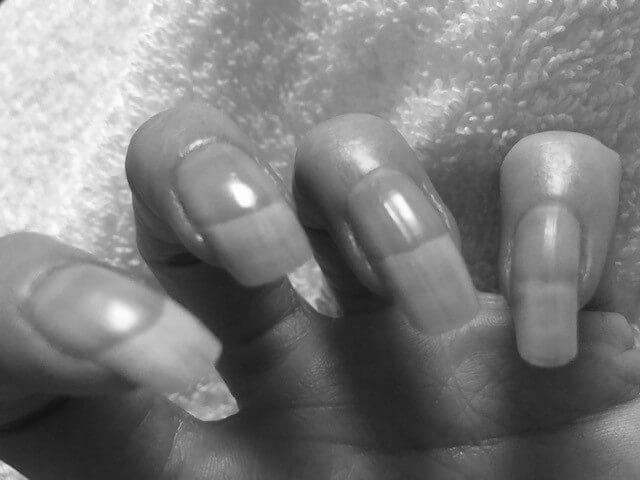
The chemical formaldehyde is a known human carcinogen, and it can cause cancer of the blood, throat, and nose. It is hazardous for nail salon workers, who may have chronic health problems due to the chemical. Exposure to it can also cause nausea, convulsions, and even miscarriage. Exposure to it repeatedly can lead to fluid in the lungs, and it can even cause fetal abnormalities. Because of these harmful effects, Japan and Sweden have banned the use of formaldehyde in nail care products.
Although occasional use of nail polish is unlikely to pose a health risk, prolonged exposure to this chemical may result in adverse health effects. For this reason, it is essential to wear protective eyewear and use well-ventilated rooms when painting your nails. Pregnant women should avoid using nail polish if they’re pregnant. The fumes will help the body remove them from the bloodstream outside of the home.
In addition to phthalates, nail polish can also contain other harmful chemicals. Triphenyl phosphate (TPHP), a plasticizer, is a suspected endocrine disruptor. According to a recent study, women exposed to TPHP had significant levels of this chemical in their blood 10 to 14 hours after applying nail polish. Exposure to TPHP can lead to developmental and reproductive problems in men and women.
Another chemical commonly found in nail polish is toluene. It is a known neurotoxin linked to impaired breathing, liver function, and hearing loss. It can also cause birth defects in pregnant women. Moreover, toluene is an allergen and is added to many products. And health experts consider toluene a carcinogen.
The study sample is not representative of the entire nail polish market. It includes some of the most popular brands, and Young notes that it is not yet clear how much exposure is necessary for harmful effects. However, her research has important implications for nail salon employees since their working conditions are typically not safe. You may want to avoid nail polish if you’re worried about the effects. You can also ask your nail tech to use a nail polish that contains low levels of this chemical.
The ingredient list for nail polish is often confusing and contains several harmful chemicals for your health. The most common one is toluene, a solvent found in nail polish. Toluene can cause respiratory issues and irritation, and even liver damage. Further, it can cause headaches, nausea, and liver problems. You can also look for other chemicals such as ethylene glycol or nitrocellulose.
The Environmental Working Group maintains a database of nail polish that contains no toxic ingredients. If you’re looking for nail polish that doesn’t have this substance, you can search for “X-free” on the Environmental Working Group’s website. The Environmental Working Group’s database contains information about over 2,000 nail polish brands. Just check the label to make sure you’re buying safe products.
Toluene
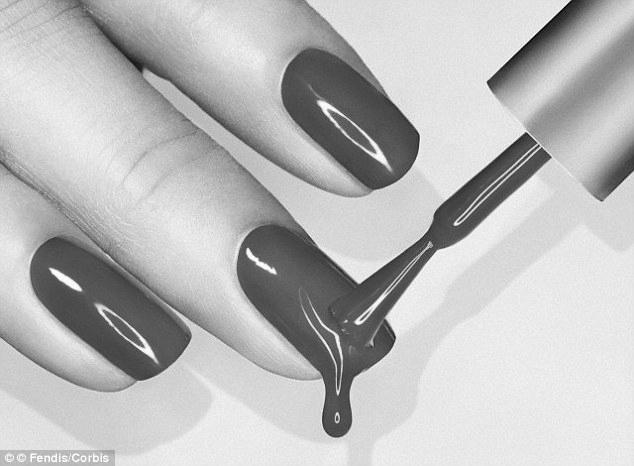
There’s a good chance you’ve heard the news that toluene in nail polish is terrible. The chemical is liquid at room temperature and readily volatilizes into the air. Your primary exposure to toluene from nail polish products is vapor inhalation, but it can also be absorbed through dermal application and accidental hand-to-mouth behavior. Studies have linked toluene exposure to birth defects, and it’s also associated with kidney toxicity and respiratory harm.
Nail polish contains toluene, a flammable, volatile liquid that helps the paint adhere evenly to your nails. It’s also a common ingredient in glue and paint thinners. Studies have shown that toluene is far more toxic than DBP, and its vapors are more harmful than the liquid itself. In addition to being bad for your health, toluene can cause eye irritation and headaches, and high levels can cause liver damage.
Toluene is also bad for your kidneys and liver. It forms brutal films on your nails and is considered a carcinogen by many government agencies and experts. Several popular brands of nail polish contain toluene, a carcinogen. In male rats, toluene causes lifelong reproductive impairments. It also damages the testes and the prostate gland.
Fortunately, the chemical toluene is gradually removed from most nail polish products. However, there are still some brands that contain toluene at high concentrations. This solvent is known to cause cancer in humans and hurts fertility. Even though toluene is no longer widely used in consumer nail products, the effects of exposure are still alarming.
Besides damaging your skin, nail polish has other harmful effects. The odor of nail polish fumes can pollute your home. The smells are toxic and contain phthalates, a group of chemicals that are detrimental to the human body. Acetone and toluene, two of the most common chemicals used in nail polish, can cause eye and nerve damage. The fumes can be so strong that they can damage your eyes and nose.
The Nail Manufacturers Council is an industry group that sets the standards for cosmetic ingredients. These guidelines ensure that the products are safe when used as directed. The Nail Manufacturers Council says that this report lacks perspective and ignores the safety of nail products. This group also says that while many products are toxic, many are still safe to use when used as directed. Moreover, the nail barrier prevents the absorption of harmful ingredients.
There are a few simple ways to reduce your exposure to toluene. Take frequent breaks between painting your nails, and make sure your nails and cuticles are well moisturized. The goal is to minimize contact between the nail polish and your skin, but there are other alternatives if you feel this risk is too high for you. You can even opt to use a natural-based nail polish containing only minimal amounts of toxic chemicals.
Why Are the Sides of My Nails Yellowish?
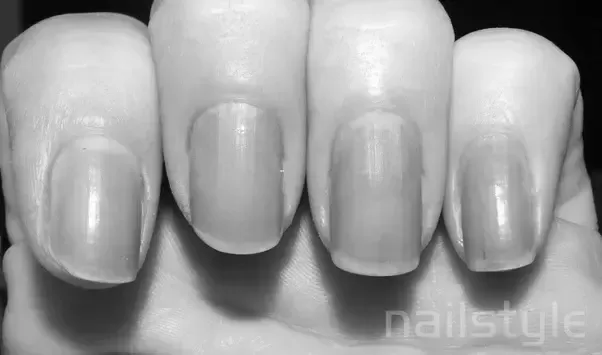
If you’ve noticed that the sides of your nails are becoming yellow, there may be several reasons for this. Your nail polish may contribute, but there may also be a more serious underlying problem. Several causes for yellowing nails, including Staphylococcus aureus, Onychomycosis, or Psoriasis. You may want to consult a doctor if you’re unsure of the cause.
Staphylococcus aureus
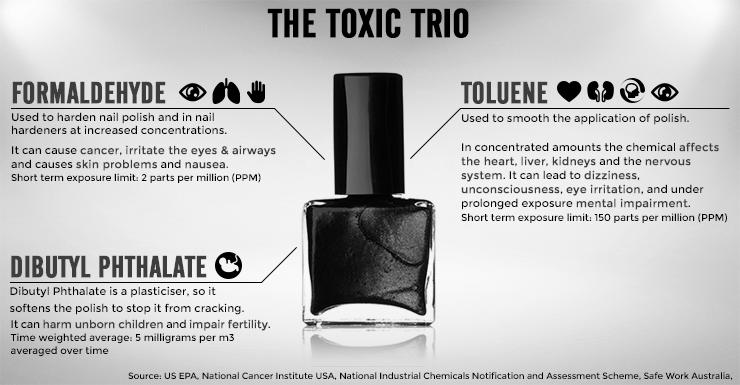
If you notice yellowish sides of your fingernails, it could signify a bacterial infection. Treatment for the condition varies.
Treatment for staph infections involves antibiotics. Historically, penicillin was the most effective antibiotic, but newer and stronger antibiotics are now available. However, about 50% of the bacteria that cause staph infections have developed resistance to the newer antibiotics. Consequently, antibiotic resistance has increased significantly. It’s not just happening in hospitals, either – staph infections are common in the community. Many doctors are accustomed to using specific antibiotics. They must learn when to use more potent antibiotics and which are less effective for treating staph infection.
Infection caused by staph bacteria has many symptoms. Some are mild and can clear up without treatment. Others, however, can develop into more severe diseases. In rare cases, people may experience recurrent infections with this bacteria. These infections are called methicillin-resistant staph and can become life-threatening if left untreated. Although most staph infections are harmless, these bacteria can sometimes produce toxins and cause food poisoning or even toxic shock syndrome.
A staph infection can be spread to other people by skin-to-skin contact. Proper hand-washing can eliminate staph bacteria and prevent a disease from spreading from person to person. It is also essential to protect food from these germs by keeping hands clean at all times. While washing, make sure to wash them thoroughly, as bacteria can survive on a towel and on surfaces.
If you’re not able to get rid of the infection yourself, your doctor may recommend a surgical procedure. You can take antibiotics with the appropriate selection to treat a bacterial infection. If the condition is resistant to antibiotics, you can try clindamycin. Your doctor may also recommend using a surgical method to remove the nail or the eponychium.
Onychomycosis
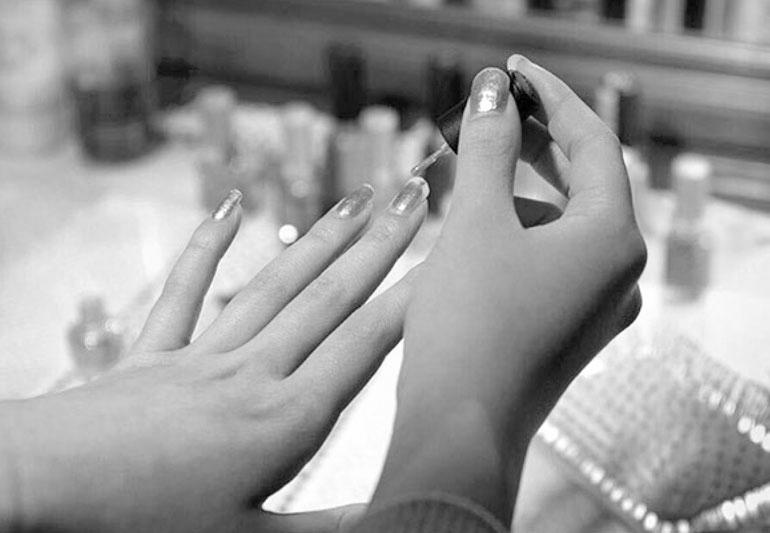
Your nail may be yellowish on the sides due to a fungus. This condition typically affects toenails and worsens by wearing tight-fitting shoes or trauma to the nail plate. It may also be associated with an athlete’s foot. There are several fungal infections, but the most common is trichophyton, which causes nail discoloration and thickening. Treatment for fungus includes taking antifungal medication. There are two types of antifungals – topical and oral. Topical medications are more effective, but oral antifungals are preferable for nail fungus treatment.
The most common cause of yellow nails is a fungal infection. This infection causes the nail bed to retract, and the sides of the nail may thicken or crumble. However, nail discoloration and yellowing can also be a symptom of severe conditions. Inflammatory arthritis, lung diseases, and emphysema can also cause yellow nails, and the nail bed underneath the nail may be reddish-brown.
A fungal infection of the nails is another common cause of yellow toenails. Usually, men suffer from the disease, but it can affect anyone. Conditions can be contracted through public areas, which harbor fungi. Athletes’ feet can spread to the nails, and people with diabetes are at an increased risk for yellow toenails. Other causes of yellow toenails include using dark socks or artificial dyes. If your toenails appear discolored on the sides, you can gently buff them off using a nail buffer.
Nail yellowing can also be caused by exposure to tobacco, tanning products, and henna. Taking a thorough exposure history may help you determine which source is responsible. While a manicure can disguise the yellow color, the problem is more severe. If the condition isn’t treatable, home remedies alleviate the pain. You may be surprised at what you find. The possibilities are endless! So, why are the sides of my nail yellow?
You can take care of this condition by selecting the proper nail polish shade and wearing protective base coats. However, if the problem persists, you should consult a doctor. There are various medications you can take to eliminate the fungus. In rare cases, you may also have a vitamin deficiency, another cause of yellow nails. A visit to a dermatologist can help you find a treatment that will eliminate the discoloration.
Psoriasis
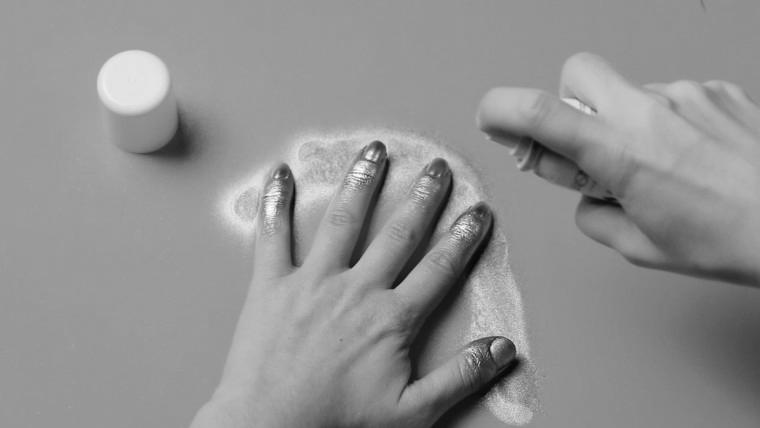
One of the leading causes of psoriasis is the immune system’s dysregulation. The sides of your nails can be affected by psoriasis. Psoriasis treatment may take up to a year to clear, and the symptoms may come back again. New drugs for the condition are coming on the market. Psoriasis affects around 5% of the population.
Treatment is usually aimed at managing the symptoms while awaiting a diagnosis. During this time, you’ll probably be seen by a team of health professionals. Your rheumatologist will take charge of your overall care, and a specialist nurse to monitor your condition. Your physiotherapist can help you maintain mobility. In severe cases, x-ray treatments can help, but they may cause nail shredding.
You may also notice an irregular, yellow-brown patch underneath your nail. These patches are often called salmon patches because of their color. While they look like oil beneath the nail, they are not. Psoriasis treatment may involve topical retinoid, oral medication, or ultraviolet radiation therapy. However, if your nails become yellow, you should see your podiatrist.
Although many people have white spots under their nails, this is not a typical symptom of psoriasis. These white patches are caused by inflammation under the nail. If you have white marks under your nails, it could signify psoriasis. If you see white spots on your nails, they could be caused by a severe infection. If you continue to notice these white spots, your psoriasis condition may have progressed to the point where your nail becomes crumbled.
One option for treatment is light therapy. It involves exposure to intense ultraviolet light in a hospital. This is an expensive option, and you must be careful that you don’t risk exposing yourself to skin cancer by taking light therapy. This treatment also requires regular medicines. However, it is not recommended for children or people with a high risk of developing skin cancer. And it can make your condition worse for some people.
Vitamin B12
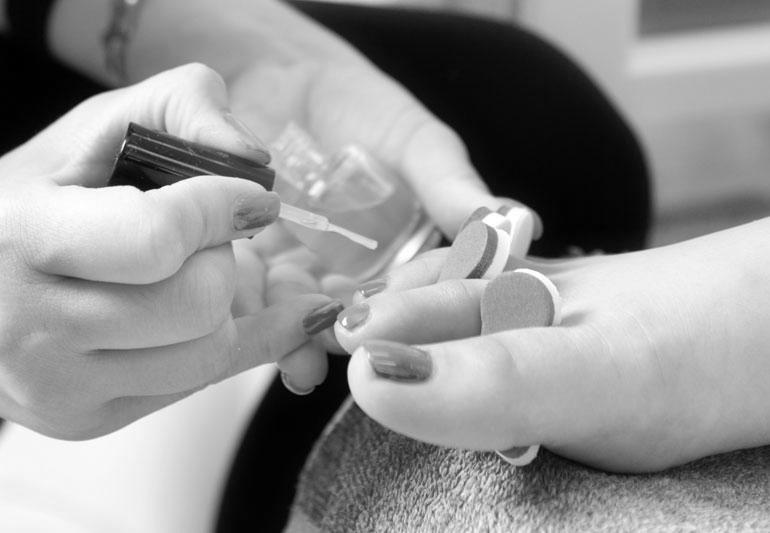
What causes the yellowish sides of my nails? It could be an infection or a reaction to nail polish. In some cases, yellow nails are also symptoms of an underlying condition such as hypothyroidism or psoriasis. Try tackling it with tea tree oil, vitamin E, or a multivitamin if you suspect an infection. Your doctor can also recommend treatment if your symptoms persist.
What is Vitamin B12, and how does it affect my nails? Taking a daily vitamin of this vitamin will make the yellowish side of your nails less visible. Vitamin B12 can also help prevent and treat nail fungus. In addition to being essential for preventing nail fungus, it also plays a vital role in absorbing iron. The body needs both to keep nails strong and prevent them from turning yellow.
In addition to Vitamin B12, it is also essential for the proper metabolism of proteins. Insufficient levels of biotin may lead to yellowish sides of your nails. Low levels of biotin are caused by intravenous feeding, a diet low in meat or fish, or hereditary disorders that prevent proper absorption. Taking a vitamin supplement of biotin can help correct this deficiency. If you’re concerned about your yellow nails, try eating foods rich in biotins, such as seeds, meat, and fish.
If you notice yellowish sides of your nails, see your doctor avoid any other serious problems. There are many causes of yellow nails, including fungal infections and a vitamin B12 deficiency. You may also have yellow nails due to self-tanning. For more information, visit a dermatologist. You will be glad you did. A high-quality vitamin supplement can help you avoid this embarrassing condition!
Another symptom of a vitamin B-12 deficiency is a fast heart rate. Because the blood volume decreases, the heart works harder to pump it around the body. This is the body’s way of making up for the lack of red blood cells by pumping blood around as quickly as possible. Ultimately, this deficiency results in a lowered energy level, so you should take a vitamin B-12 supplement if you have these symptoms.
